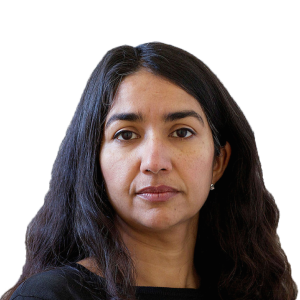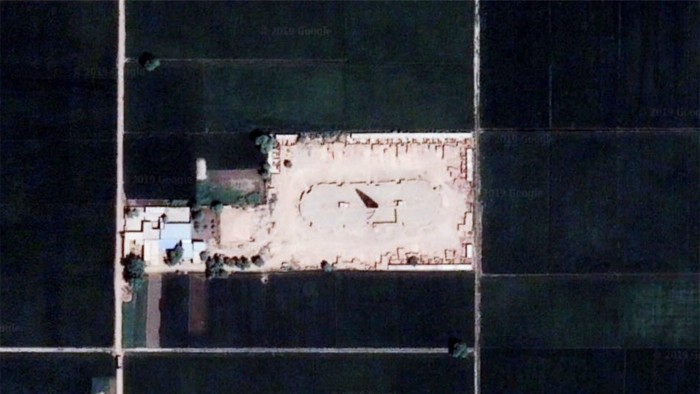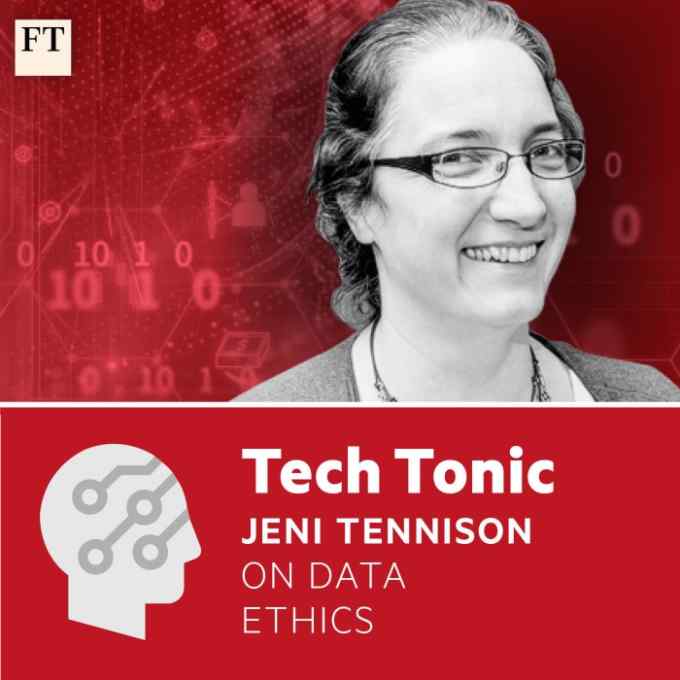Surveillance from the skies may help the fight against modern slavery

Roula Khalaf, Editor of the FT, selects her favourite stories in this weekly newsletter.

Modern slavery is, in a horrible way, built into the infrastructure of south Asia. The so-called Brick Belt, a region stretching across India, Pakistan, Bangladesh and Nepal, is largely sustained by an unwilling workforce. In India alone, around 70 per cent of brick kiln labourers are thought to be enslaved.
Now satellite images can be used to give up, and size up, these locations, as well as other sites known to be associated with forced labour. By trawling through remote sensing imagery using visual processing algorithms, researchers at Nottingham university were able to pick out 169 out of the 178 distinctive kilns across one part of Rajasthan. The pilot study was published last month in the journal Remote Sensing. It concluded, encouragingly, that “contemporary earth observation resources and machine learning methods may be successfully applied to help address slavery from space.”
It is an important step towards enumerating and mapping the misery associated with modern slavery, which is loosely defined as being unable to leave an exploitative situation because of violence, threats or coercion. The International Labour Organization in Geneva estimates that more than 40m people around the world fall into this unhappy category, with 15m trapped in forced marriages and 25m in forced labour. But, by its nature, the practice is often hidden and the geographical distribution of these shackled souls is unclear.
Two years ago, a serendipitous conversation at the Rights Lab, a cross-disciplinary centre set up by the University of Nottingham in the UK to address the UN’s goal of eradicating modern slavery by 2030, led to a lightbulb moment.
“A slavery colleague mentioned that you could see brick kilns on Google Earth,” said Doreen Boyd, who had previously used satellite images to track environmental change, and who now runs the data programme at the Rights Lab. “That’s how the Slavery from Space project got started.”
The principle is simple: certain industries associated with forced labour show typical features that can be spotted from space. Importantly, those features are amenable to automated image analysis. For kilns, the oval or circular shape, a central chimney and even large stacks of bricks are giveaways. Smoke shows a kiln is operational. Dr Boyd first recruited human observers to identify kilns in satellite photographs and used the pictures picked out by human eyes to train a machine.
Other oppressive industries vulnerable to discovery from space include illegal mining and fish processing. Infra-red images can capture the reflections of newly exposed minerals from freshly dug mines. Camps that process the spoils of illegal fishing sometimes require the clearing of mangrove swamps, a characteristic denuding that can be discerned in satellite images.
Advances in imaging and image analysis have been crucial, Dr Boyd explains.
“The pixel sizes are smaller, and we now have sub-metre sampling. You need that kind of subtlety. Temporal resolution has improved; you can see illegal deforestation happening in real time.”
The increased frequency also means that, in mountainous and cloudy Nepal, for example, incriminating evidence is not obscured for long. The information is passed on to anti-slavery agencies on the ground; one kiln has already been shut down, liberating 24 workers.
Last year, Dr Boyd’s team crudely estimated the Brick Belt contained around 55,000 kilns, with separate fieldwork suggesting each one entraps up to 35 families. Automated satellite image analysis, if applied across the belt, could end up accurately mapping a slave population of several million.
It is an unexpected but noble application of remote sensing: global surveillance in the cause of individual freedom.
The writer is a science commentator

Comments